Free Medical Consultation
Clinical Interpretation Service
Transfer to / from Airport*


Beard transplantation Turkey is a specialized cosmetic procedure that enhances facial hair growth where it is sparse or non-existent. Ideal for individuals who cannot grow a full beard naturally due to genetic factors, scarring, or alopecia, this surgery involves harvesting hair follicles from a part of the body—usually the back of the scalp, where hair is thickest—and implanting them into the facial areas designated for beard growth. The transplanted hair is carefully matched to the face’s existing hair to ensure a natural and cohesive appearance. This procedure not only boosts the density of the beard but also allows for the reshaping and filling of any patchy areas, providing a permanent solution for beard enhancement.
Typically beard transplantation is carried out using the Follicular Unit Extraction (FUE) or Follicular Unit Transplantation (FUT) methods. Both begin with the donor area preparation, where hair follicles are harvested. In FUT, a strip of skin with hair is removed from the back of the scalp, and hair follicles are then separated under a microscope before transplantation. FUE involves using a precise punch tool to extract individual follicles directly, which causes less scarring and downtime. These follicles are then meticulously implanted into pre-made incisions in the facial area, following natural beard growth patterns to ensure the results look authentic. The procedure is performed under local anesthesia and can last several hours depending on the number of grafts. Recovery involves minor swelling and discomfort, but patients can usually resume normal activities within a few days.
The growth of a beard is largely determined by genetics, hormonal levels, and overall health. Genetic factors are the most common reason some men have sparse or uneven beards, as these genes affect hair follicle sensitivity and development. Hormonally, beard growth is influenced by testosterone and its derivative dihydrotestosterone (DHT). Insufficient levels of these hormones can lead to weaker or patchier beard growth. Additionally, factors such as stress, poor diet, and underlying health conditions like thyroid disorders or anemia can also inhibit the natural growth of facial hair. Even lifestyle choices like smoking can negatively impact the beard by impairing blood flow to the hair follicles, thus hindering their growth and health.
To encourage beard growth, it's important to maintain a healthy lifestyle and proper skincare. A balanced diet rich in vitamins such as Biotin, Vitamins A, C, and E, and minerals like zinc and iron can promote hair growth. Regular exercise helps to increase testosterone levels, which is crucial for beard growth. Additionally, proper skin care, including regular cleansing to remove dirt and oil, can keep the hair follicles healthy. Using products specifically designed to stimulate hair growth, such as beard oils that contain essential oils like jojoba or argan oil, can also be beneficial.
The number of grafts required for a beard transplantation varies depending on the extent of the area to be covered and the desired density. Typically, anywhere from 500 to 2,500 grafts might be needed. Minor fill-ins for patchy areas will generally be at the lower end of this range, while a full beard transplant to create a thick, full beard will require more grafts. Consultation with a specialized surgeon is necessary to get a personalized estimate based on individual facial structure and hair growth goals.
Yes, beard transplantation can be performed in cases with burn scars, although such procedures are more complex and require a highly experienced surgeon. Transplanting hair into scar tissue is challenging because scarred skin often has a reduced blood supply, which is crucial for the new grafts to take root and survive. However, with advanced techniques and careful handling, successful transplantation can significantly improve aesthetic appearance and confidence.
Beard transplantation primarily uses two techniques: Follicular Unit Extraction (FUE) and Follicular Unit Transplantation (FUT). FUE involves extracting individual follicular units directly from the donor area, typically the back of the head, using a specialized tool. This method is less invasive, leaves no linear scars, and is preferred for patients who wear their hair short. FUT, on the other hand, involves removing a strip of skin from the donor area and then dissecting it into individual grafts. While this method can leave a linear scar, it is often more efficient for harvesting a large number of grafts in a single session. Both methods aim to achieve natural-looking results by matching the transplanted hair's direction and growth pattern with the existing facial hair.
The recovery process after a beard transplantation generally takes about one to two weeks. During the first few days, patients may experience some redness, swelling, and mild discomfort in both the donor and recipient areas. Small scabs will form around the transplanted follicles, which typically fall off within a week. Most people can resume their normal activities within a few days, although it is advisable to avoid strenuous activities and direct sun exposure for at least a week to ensure optimal healing.
Complete healing from beard transplantation can take several months. While the initial recovery is quick, with visible signs of healing within a week, the transplanted hair follicles enter a resting phase and may shed within the first few weeks. New hair growth typically begins around three to four months post-procedure. Full results, where the beard appears thicker and more natural, are usually visible by the nine to twelve-month mark, as the hair continues to grow and mature.
How Many Sessions Does Beard Transplantation Take to Finish? The number of sessions required for beard transplantation varies depending on the extent of the area to be covered and the desired density. For most individuals, a single session is sufficient to achieve the desired results. This session can take several hours, as hundreds to thousands of hair follicles are transplanted. However, in cases where a more significant area needs coverage or a higher density is desired, a second session may be necessary. This follow-up session is usually performed several months after the initial procedure, allowing time for the transplanted hair to grow and for the surgeon to assess the results and plan the next steps.
After beard transplantation, it is crucial to follow the post-operative care instructions provided by the surgeon to ensure optimal healing and results. Initially, patients are advised not to use a razor or shave the transplanted area for at least ten to fourteen days. This period allows the newly transplanted hair follicles to settle into their new locations without being disturbed. The tiny scabs that form around the transplanted follicles will fall off naturally within a week or two. After the initial healing phase, patients can gently start shaving, but it is recommended to use an electric trimmer initially to avoid irritation. Full razor shaving can be resumed after about a month, but it is always best to get personalized advice from the surgeon based on the individual healing process.
Yes, beard transplantation can often be performed simultaneously with hair transplantation, making it a convenient option for individuals looking to enhance both their scalp and facial hair density. Combining these procedures can be efficient, reducing overall recovery time and providing comprehensive results in a shorter period. During a combined session, the surgeon will harvest hair follicles from the donor area, typically the back of the scalp, and then implant them both into the beard area and the scalp where hair growth is desired. The feasibility of performing both procedures together depends on the availability of donor hair and the patient’s specific needs. A thorough consultation with a skilled surgeon can help determine if combining these procedures is a suitable option.
Beard transplantation is designed to minimize scarring, particularly when the Follicular Unit Extraction (FUE) method is used. FUE involves extracting individual hair follicles with a tiny punch tool, resulting in very small, dot-like scars that are usually not visible to the naked eye once healed. These tiny scars blend seamlessly with the natural texture of the skin and are easily concealed by the growing beard. The other common method, Follicular Unit Transplantation (FUT), involves removing a strip of skin from the donor area, which leaves a linear scar. However, this linear scar is located on the scalp, where it can be easily hidden by existing hair. On the face, the goal of the procedure is to ensure that any scars are as minimal and inconspicuous as possible, allowing for a natural and aesthetically pleasing result. Advanced surgical techniques and careful post-operative care play significant roles in minimizing scarring and promoting optimal healing.
Beard transplantation is recommended for individuals who have difficulty growing a full, dense beard due to genetic factors, hormonal imbalances, or other underlying conditions. It is also suitable for those who have patchy or uneven beard growth, or who have lost facial hair due to trauma, burns, or surgical scars. Men seeking to enhance their facial aesthetics by achieving a more defined and fuller beard can benefit from this procedure. Additionally, beard transplantation is a good option for individuals looking to correct asymmetry in their facial hair or those who wish to achieve specific styling goals that are not possible with their natural beard growth.
After beard transplantation, it is crucial to follow the surgeon's post-operative care instructions to ensure proper healing and optimal results. Initially, patients are advised to avoid using a razor or shaving the transplanted area for at least ten to fourteen days. This period allows the newly transplanted hair follicles to settle securely in their new locations. During this time, tiny scabs will form around the transplanted follicles and will fall off naturally. After the initial healing phase, typically around two weeks, patients can start using an electric trimmer for gentle grooming. Full razor shaving is usually recommended only after a month, once the skin has healed completely and the transplanted hair follicles are firmly in place.
Clinics may charge per graft, with beard transplantion Turkey cost typically ranging from per graft, or they may offer a package price for the entire procedure. It is essential to consider that higher prices often reflect the quality of care, the surgeon's experience, and the use of advanced technology. Prospective patients should thoroughly research and consult multiple clinics to compare prices and services. It is also advisable to be cautious of unusually low-priced offers, as they may compromise on quality and safety standards. Consulting with a reputable clinic will provide a more accurate estimate based on individual needs and goals.
Editor: Esra Şahinler
[email protected]
Last Content Update:
2025-25-08 09:30:49
Before undergoing a beard transplantation procedure, these are the elements you should consider:
Following a beard transplantation, the recovery period is crucial for ensuring the success of the procedure and achieving the desired aesthetic results. Here are some essential post-procedure tips to guide you through the healing process:

Contacted the company through WhatsApp. They talked me through each step of the way and kept in touch daily on the lead up to my flights. Transfers and hotel were provided as promised and the hospital was very nice. The Surgeons and nurses were excellent during my stay.
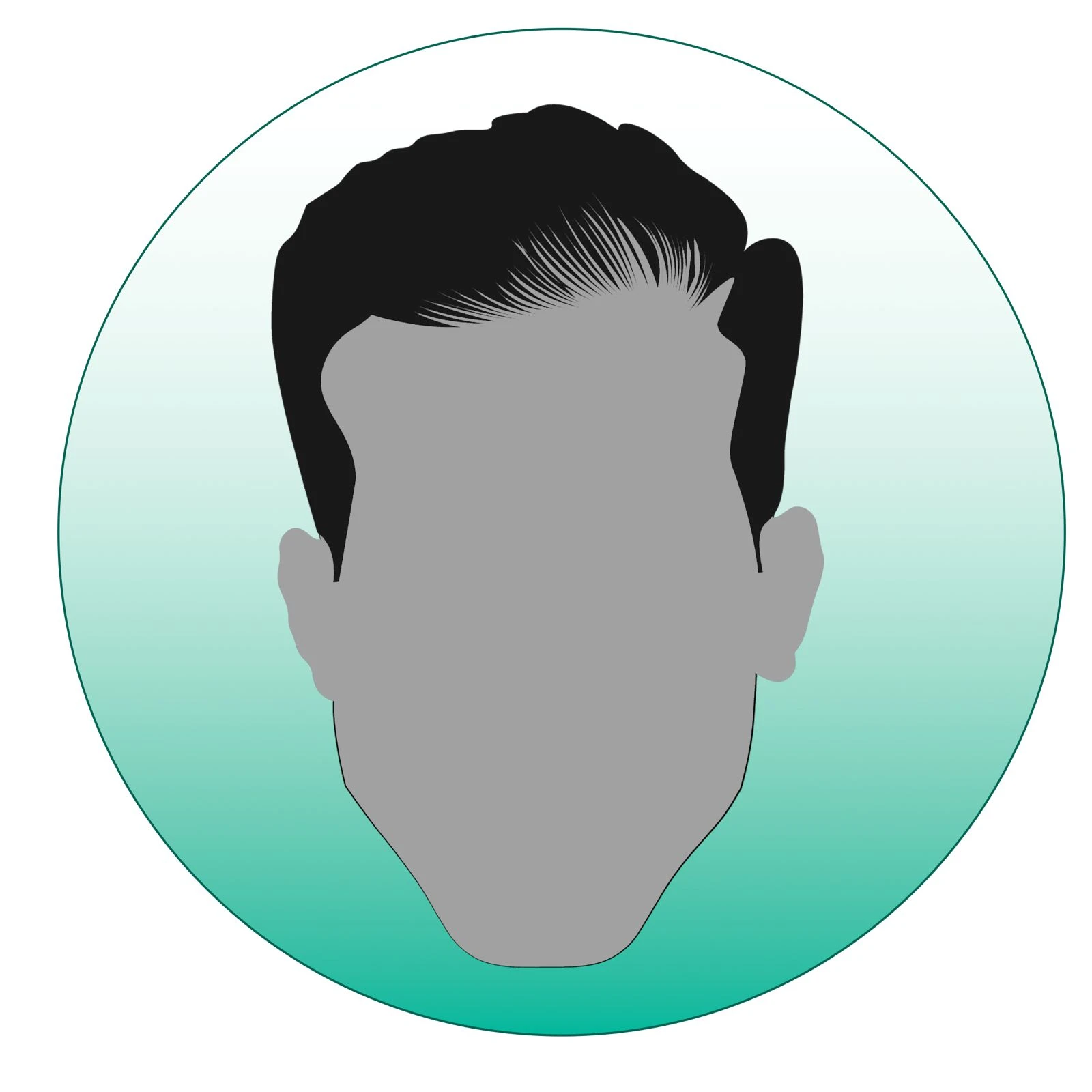
Hair Transplant Patient
I had the best experience with Estetik International! Not only are the results perfect, also all of their staff! I get so many compliments for my nose and I can recommend this clinic from the bottom of my heart!
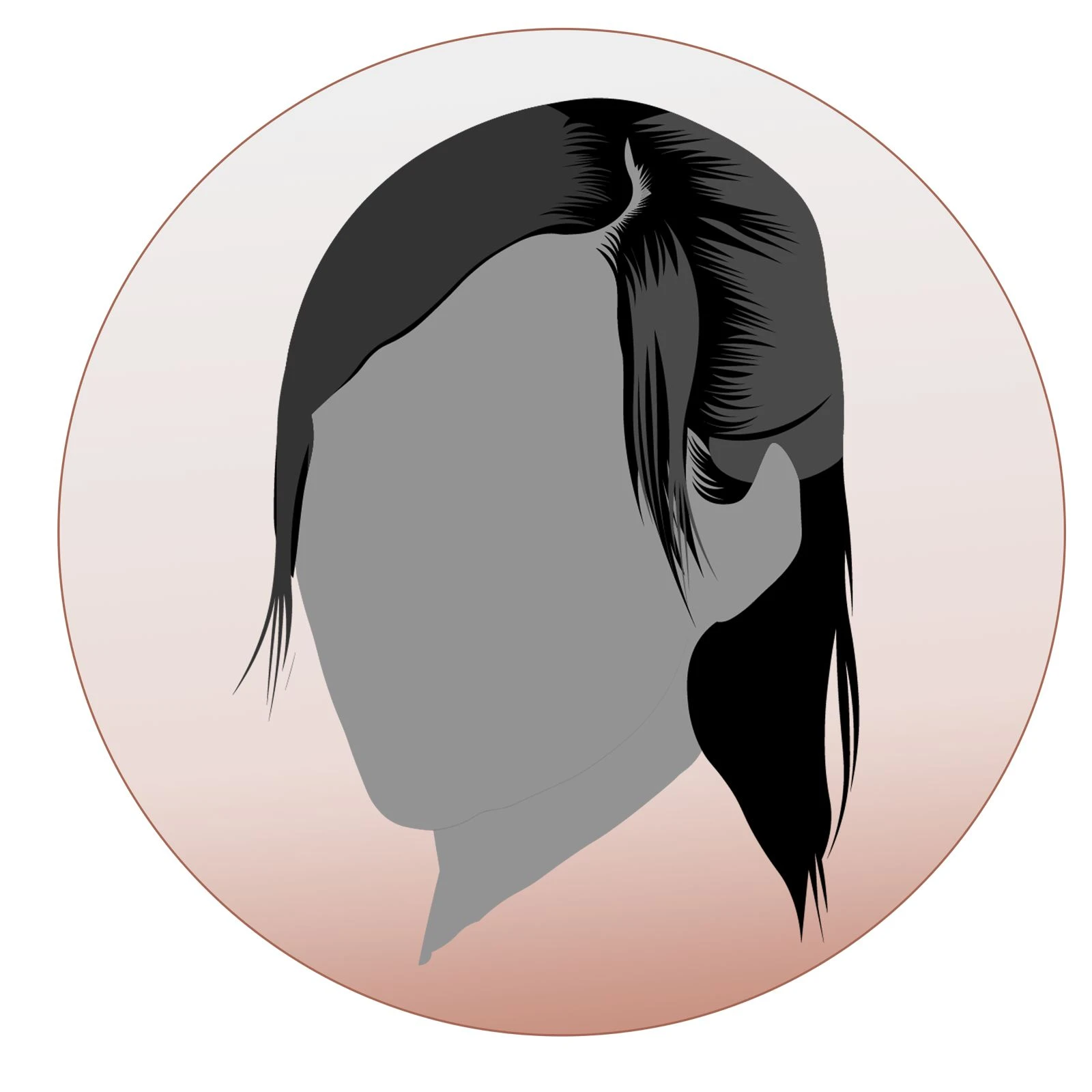
Rhinoplasty Patient
I must say that my experience at this clinic exceeded my expectations in every way possible, especially when it came to my breast implants surgery. The level of professionalism exhibited by every member of the team was truly exceptional.
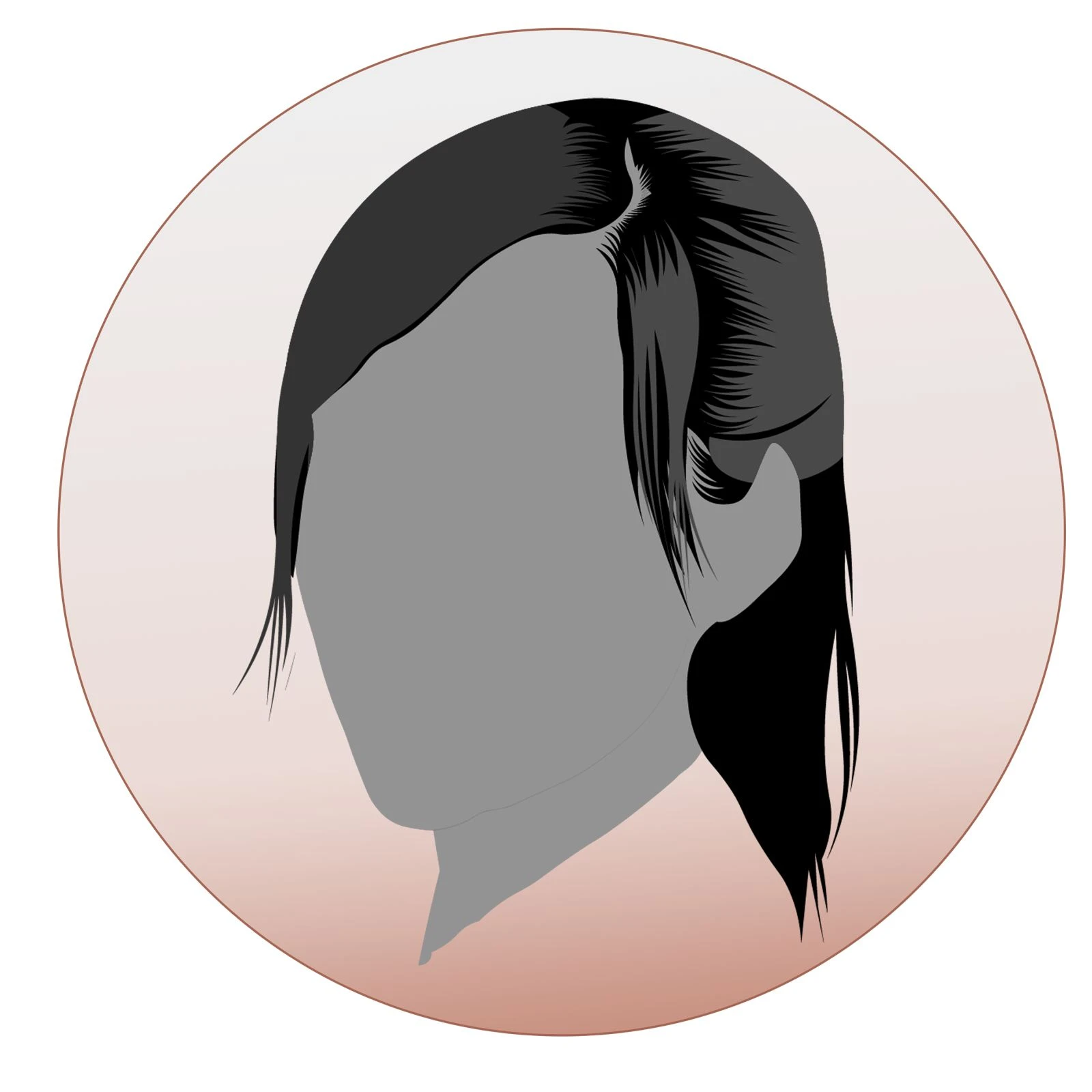
Breast Augmentation Patient
I highly recommend Estetik International for anyone considering plastic surgery. The entire team is fantastic, and they go above and beyond to ensure that their patients are comfortable and well-informed. The procedure was quick and virtually painless, and the results are amazing.
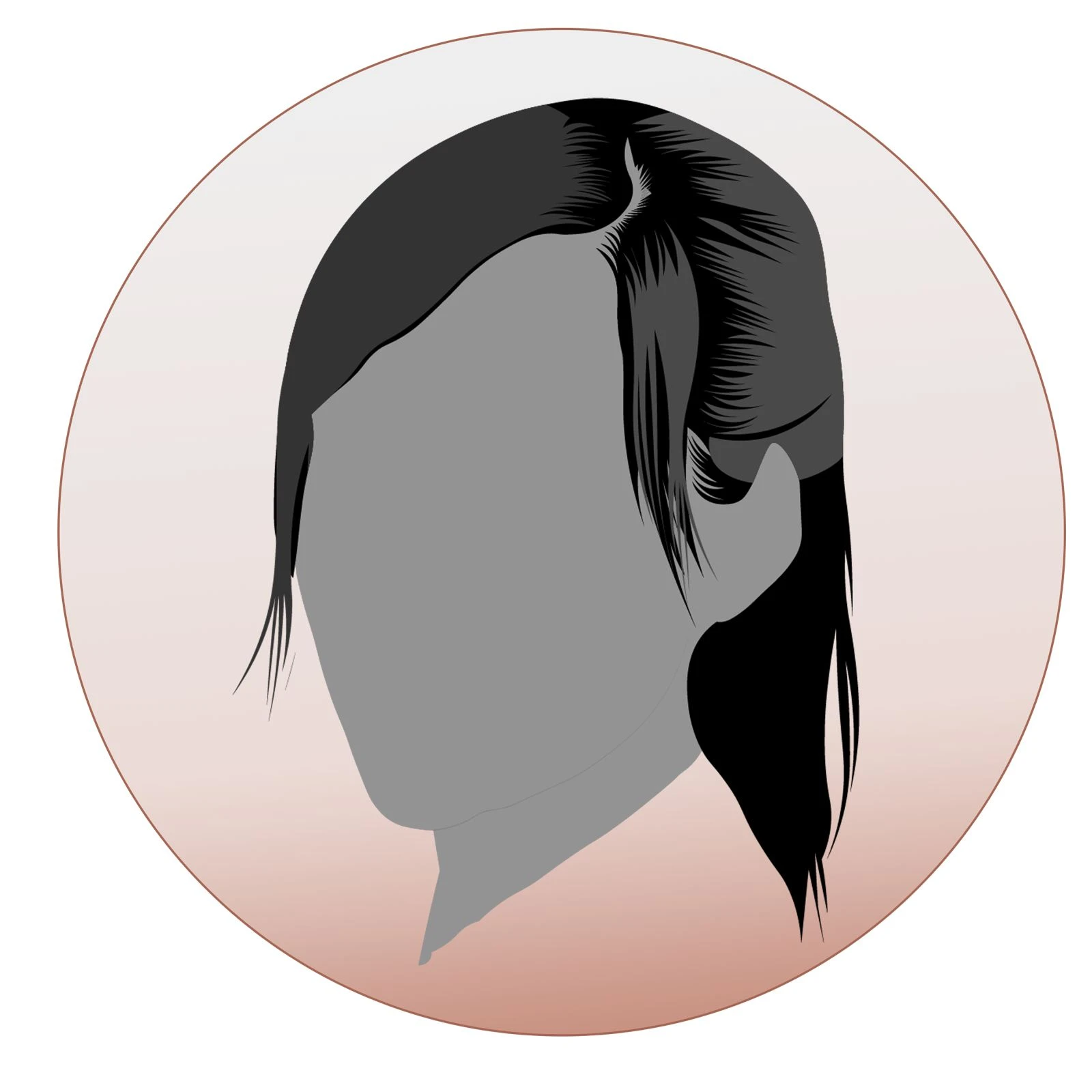
Plastic Surgery Patient
The staff are very professional and friendly. I would love to thank my translator as well. He was very professional and friendly. In the end I want special thanks from my doctor, who was very patient, and special thanks from transportation.
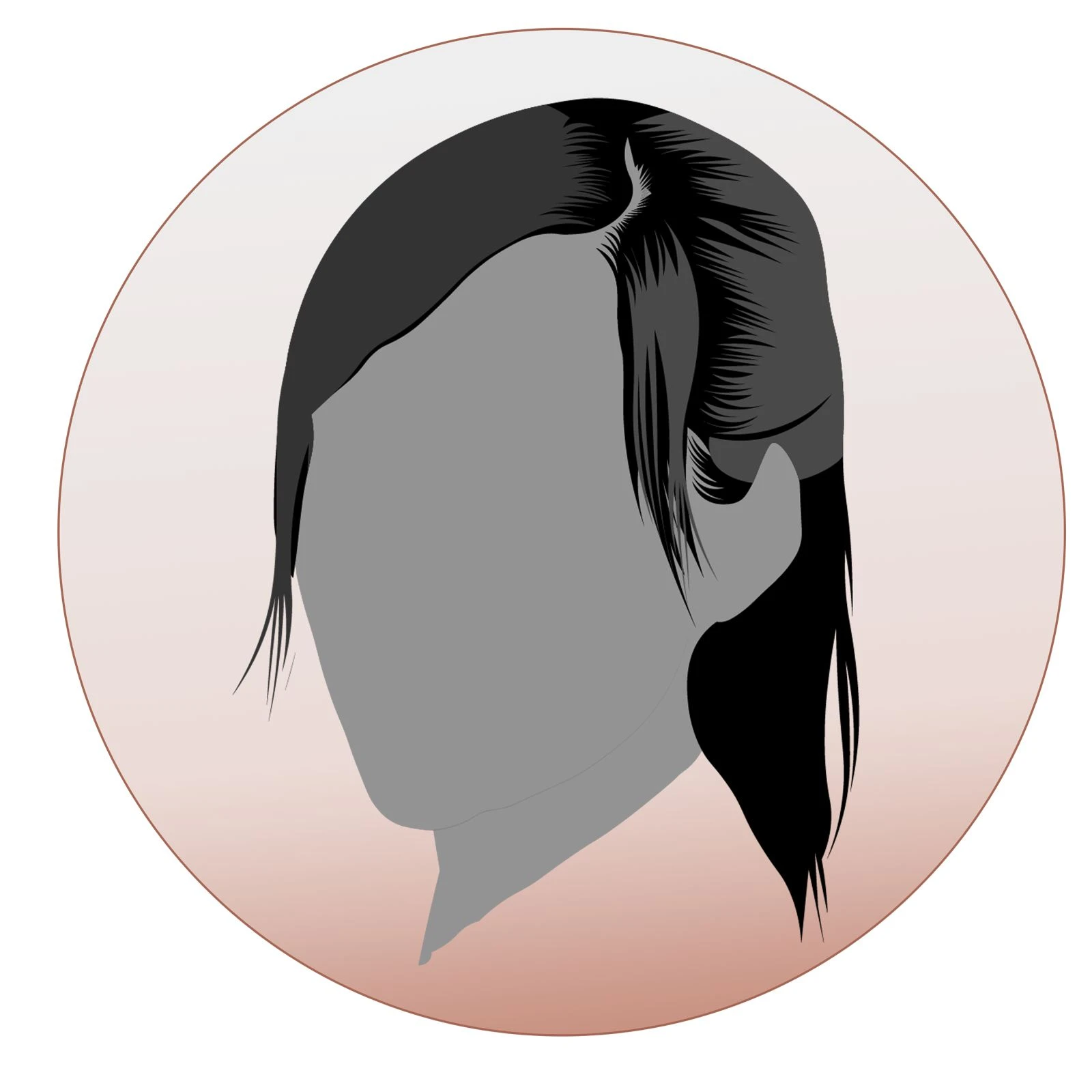
Liposuction Patient
I went to Estetik International for hair transplant.I want to express my deep gratitude to the clinic and staff for professional and high quality work. The whole organization starting from online consultation, preparation for surgery and operation itself was very good.
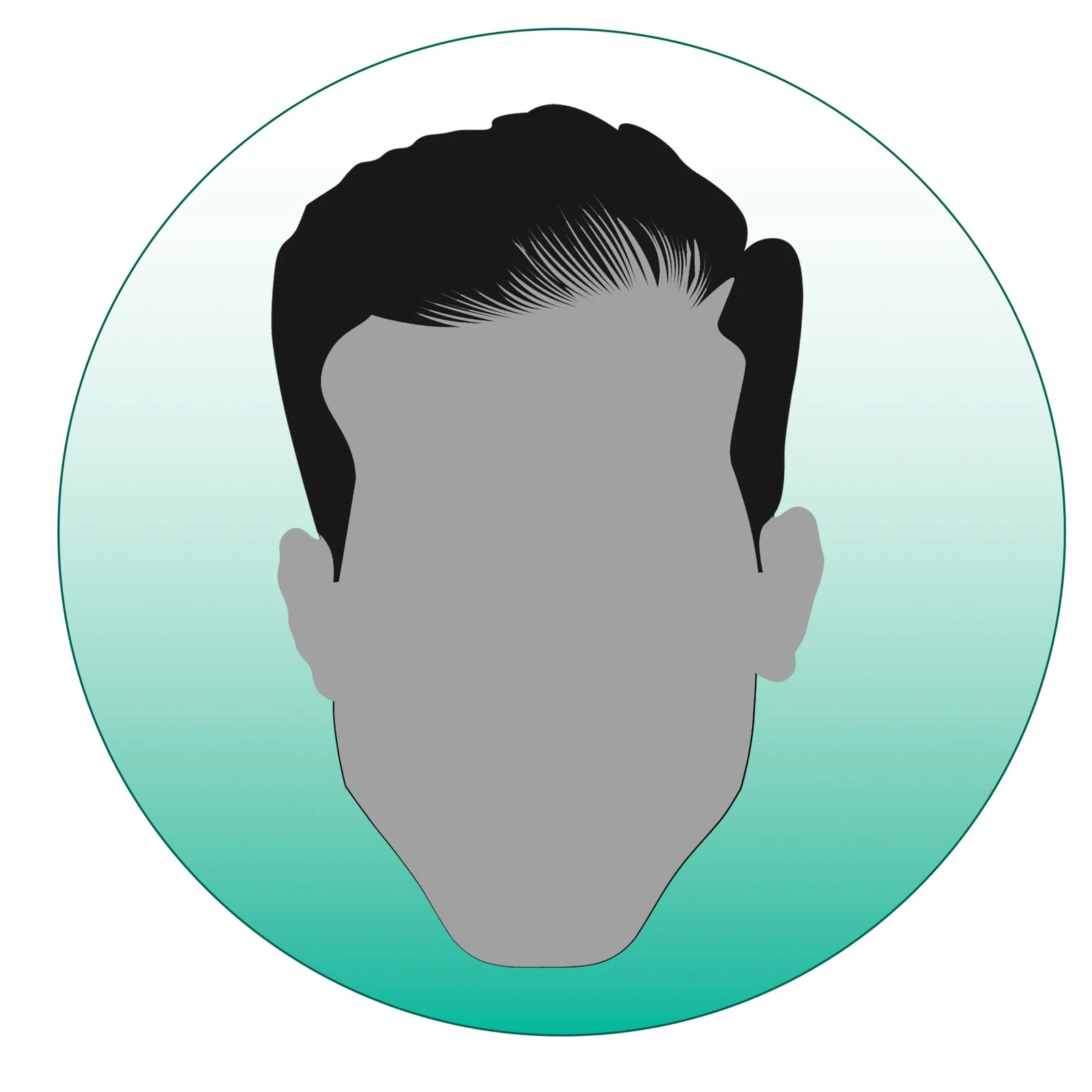
Hair Transplantation Patient
Absolutely wonderful experience with Estetik International. They treated me like a family and helped me with everything! I am super impressed with the staff and my results and I couldn't be happier with my choice! 10/10!
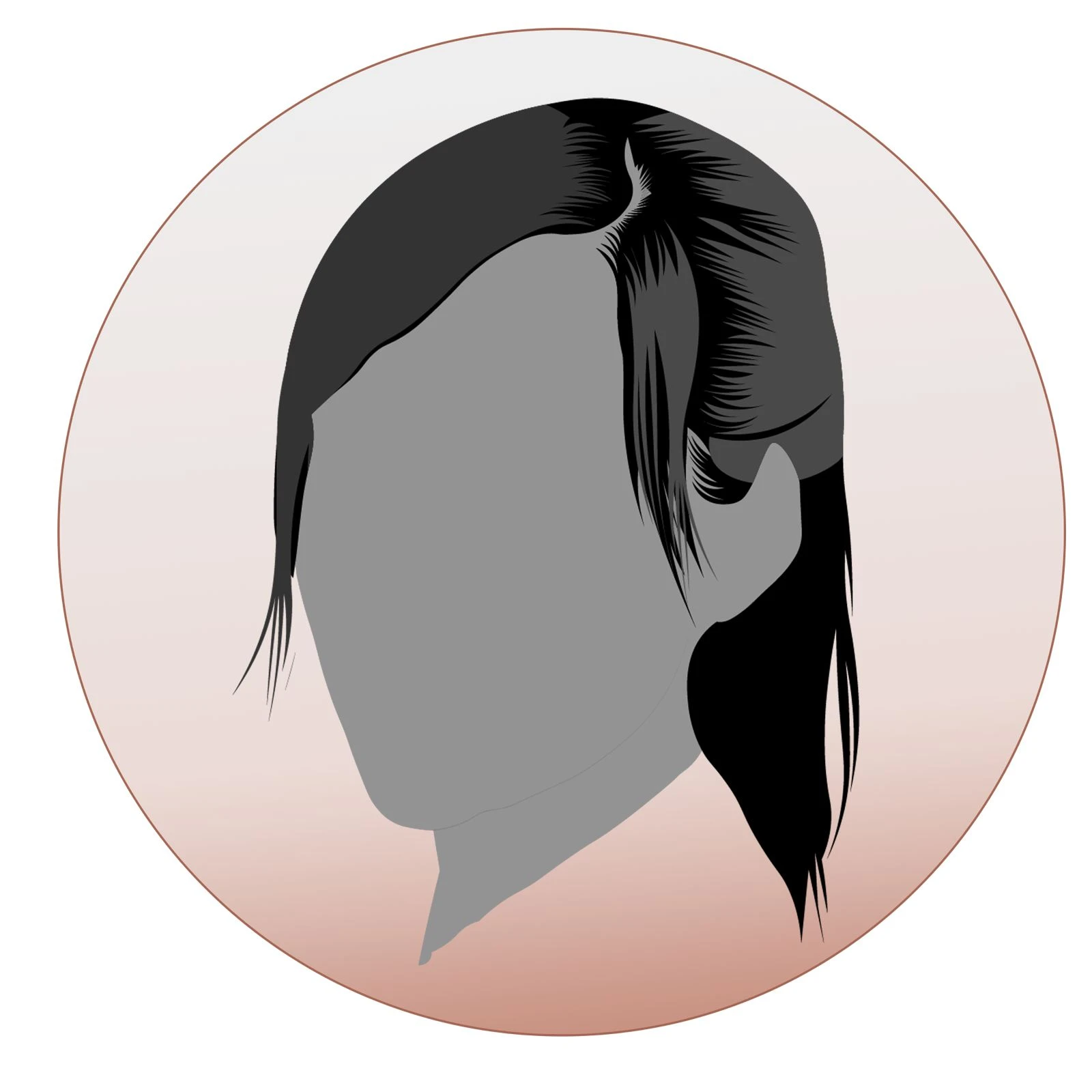
Tummy Tuck Patient
I had a hair transplant in this clinic, I wasn’t expecting the service to be so professional , I really recommend the 5 stars clinic.
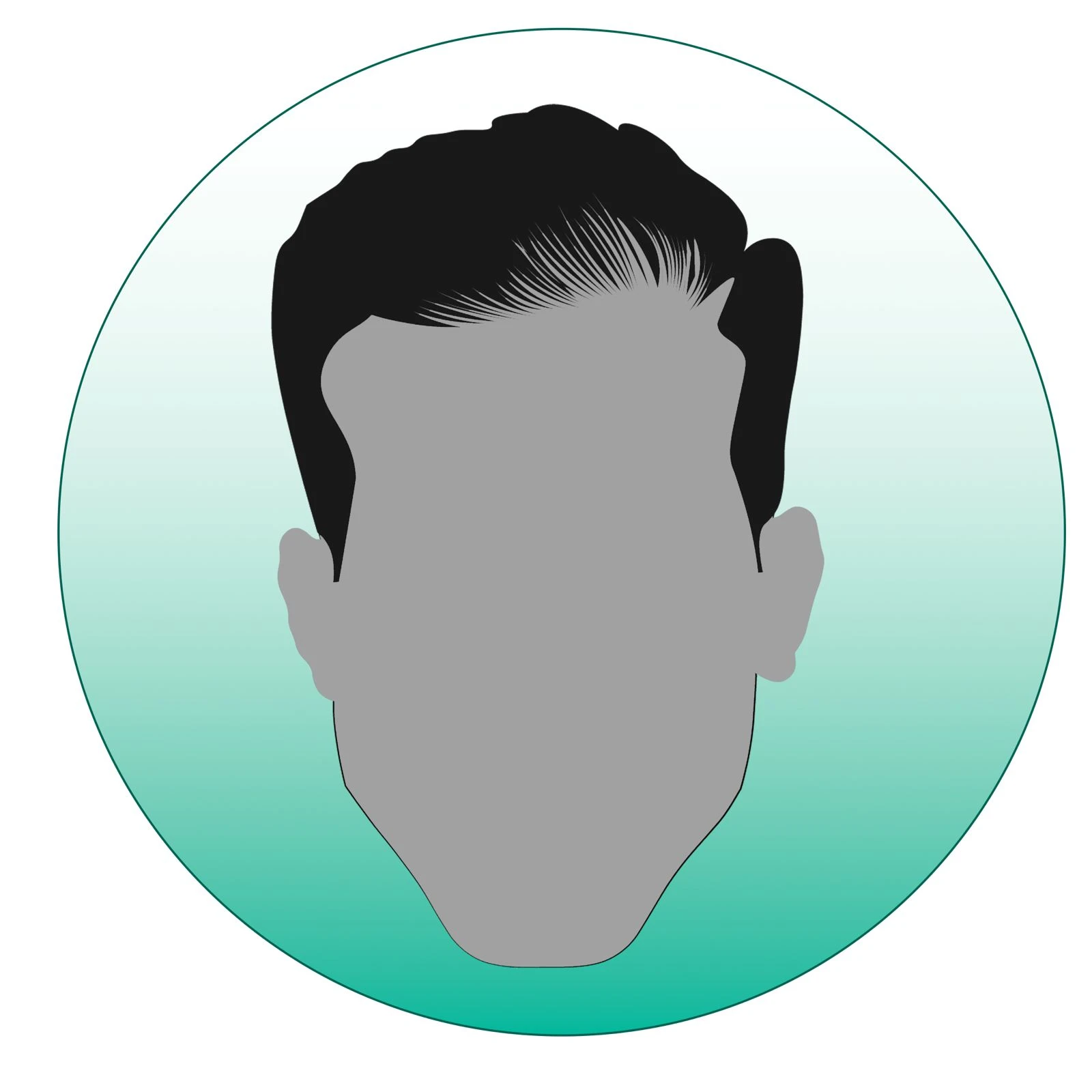
Hair Transplant Patient
Best place with friendly people. I believe anyone who walks through those doors is given top service quality for the dollar with a human touch from nurses.
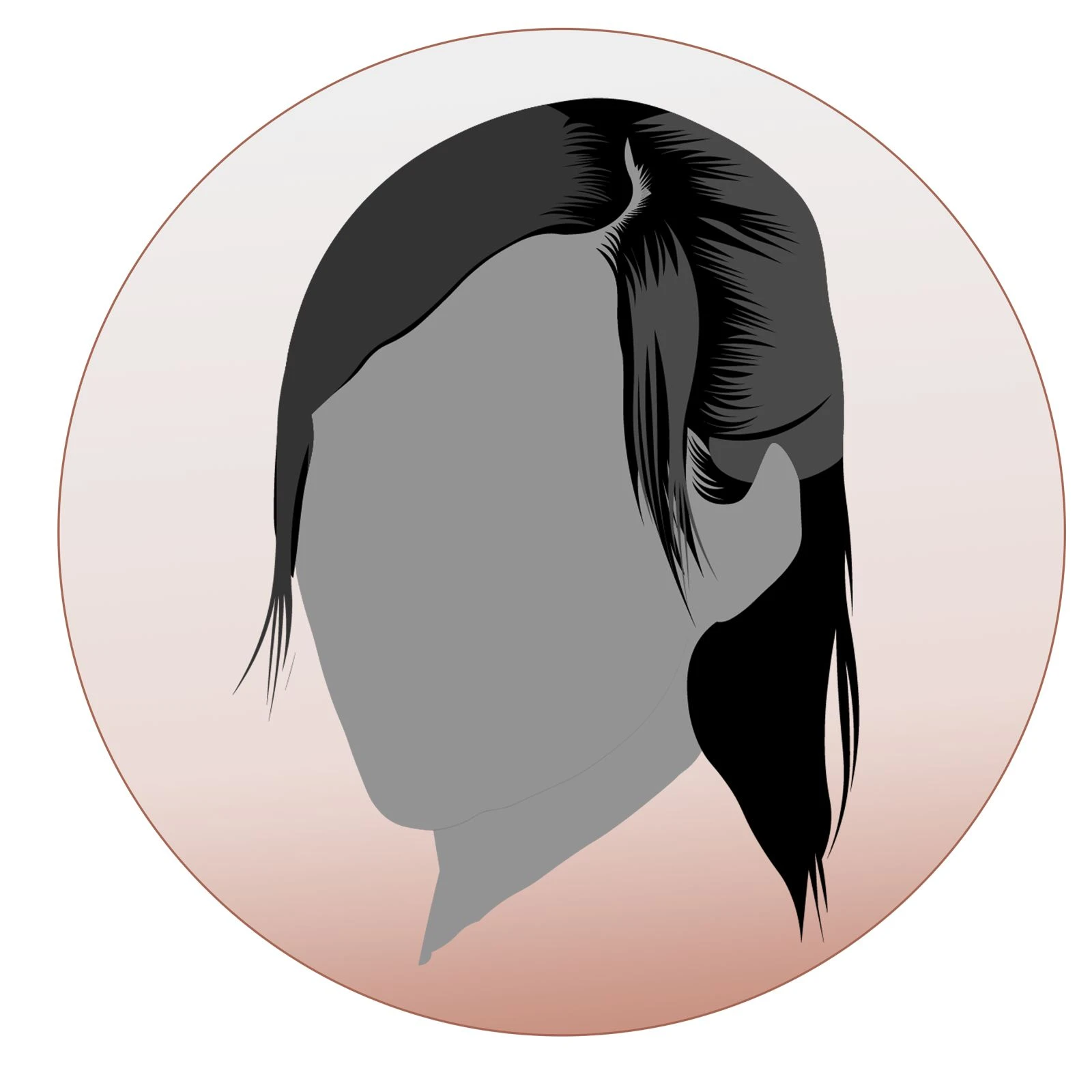
Blepharoplasty Patient
This is the best clinic for hair Transplant in Istanbul. I have my personal experience and I highly recommend this.
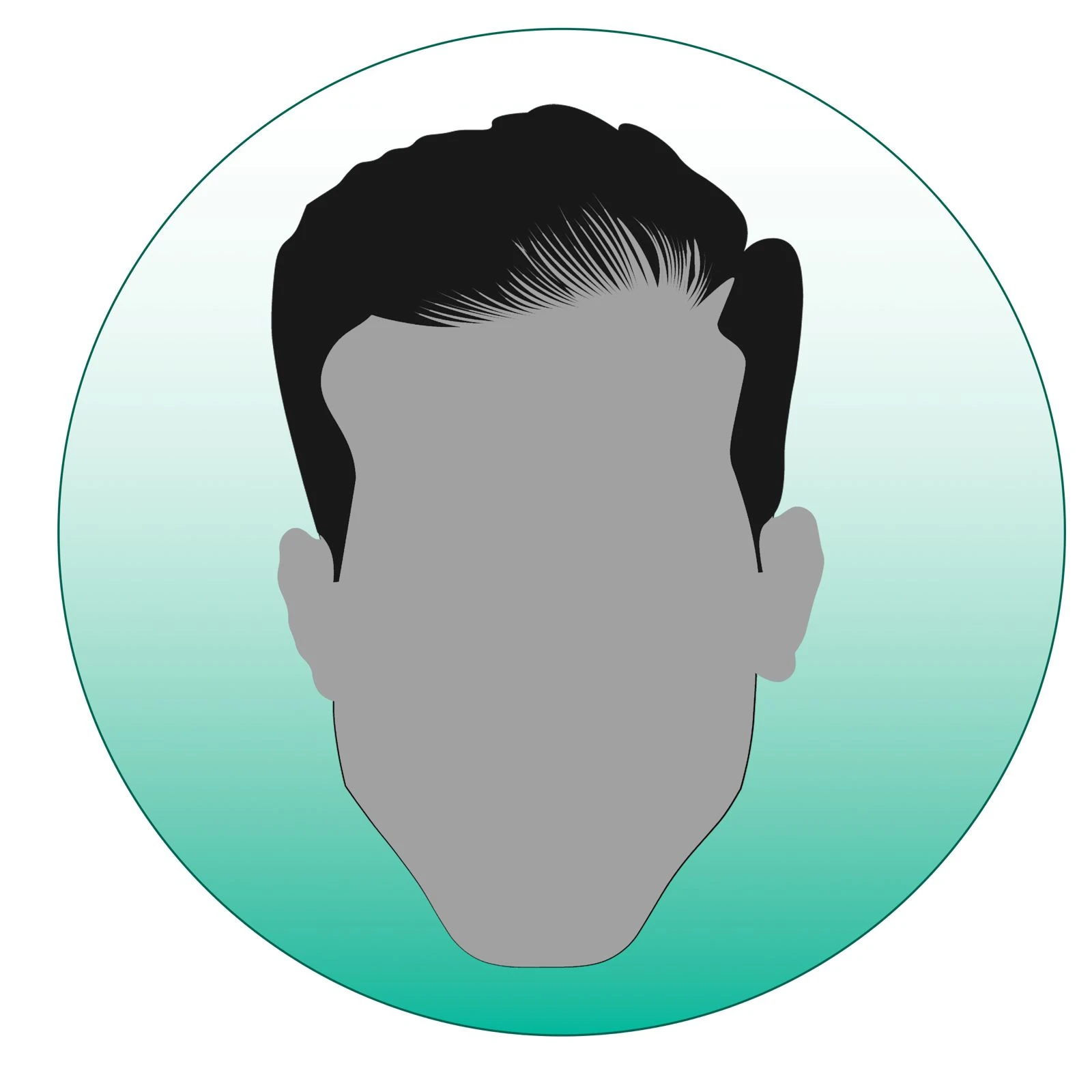
Hair Transplant Patient
A plastic surgery and hair transplant clinic in the heart of Istanbul. Modern facility, international staff, amazing and quality services.
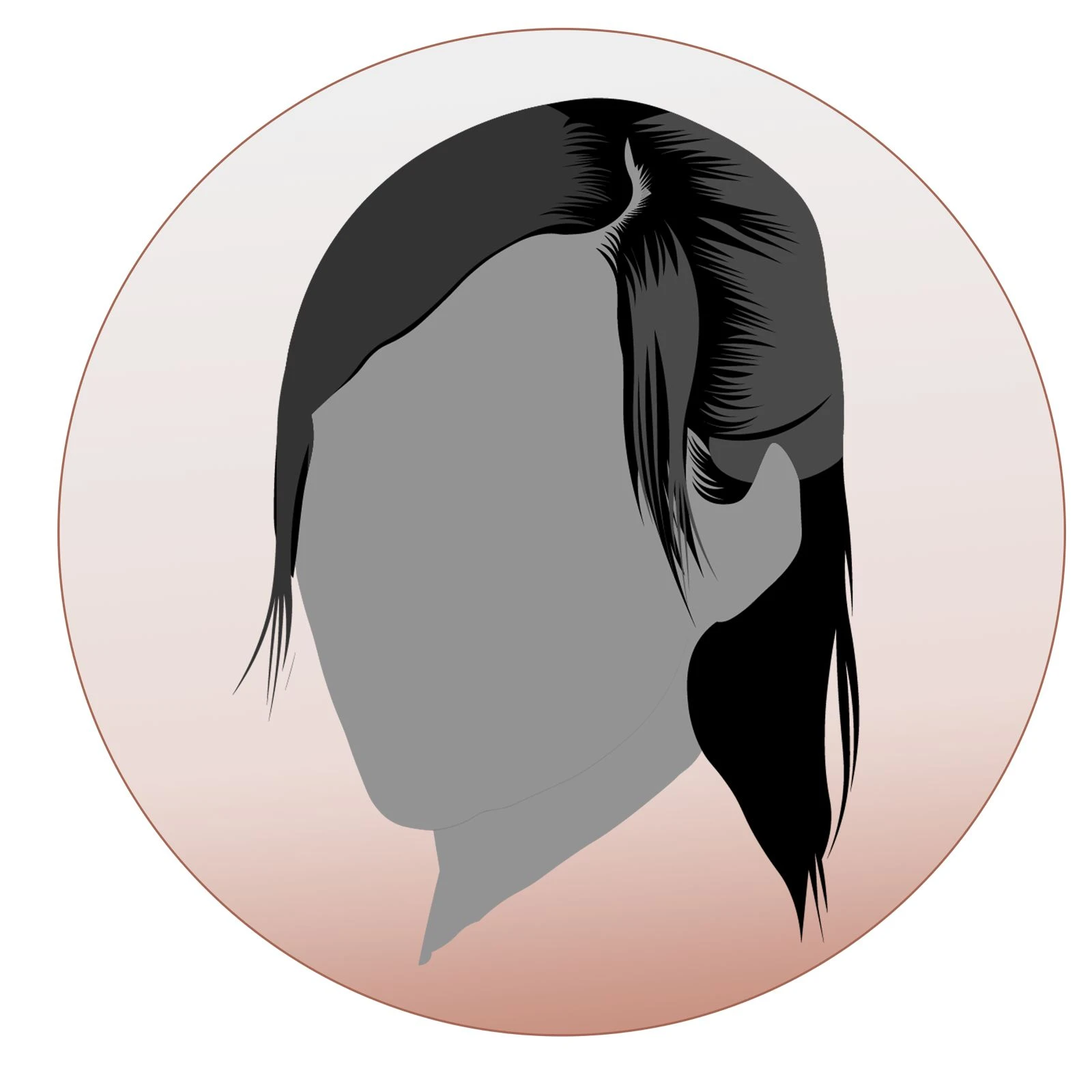
Plastic Surgery Patient
Dr.Bulent is absolutely perfect. He comforted me & provided the treatment that I needed. He makes sure the patients understand the issues & what’s cure.
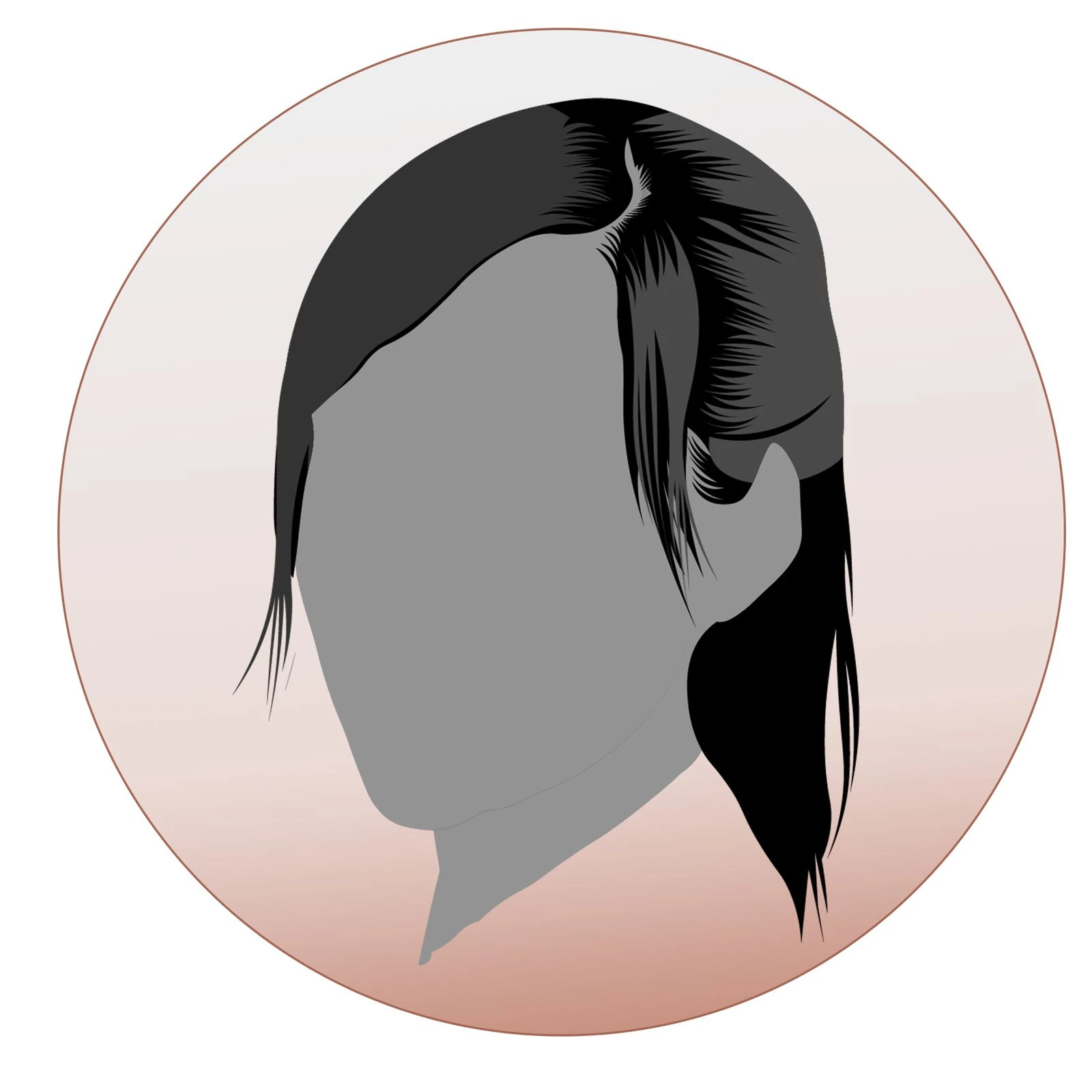
Plastic Surgery Patient
I am so happy with the treatment I received from Estetik International. The results are marvelous and I would gladly recommend everyone.
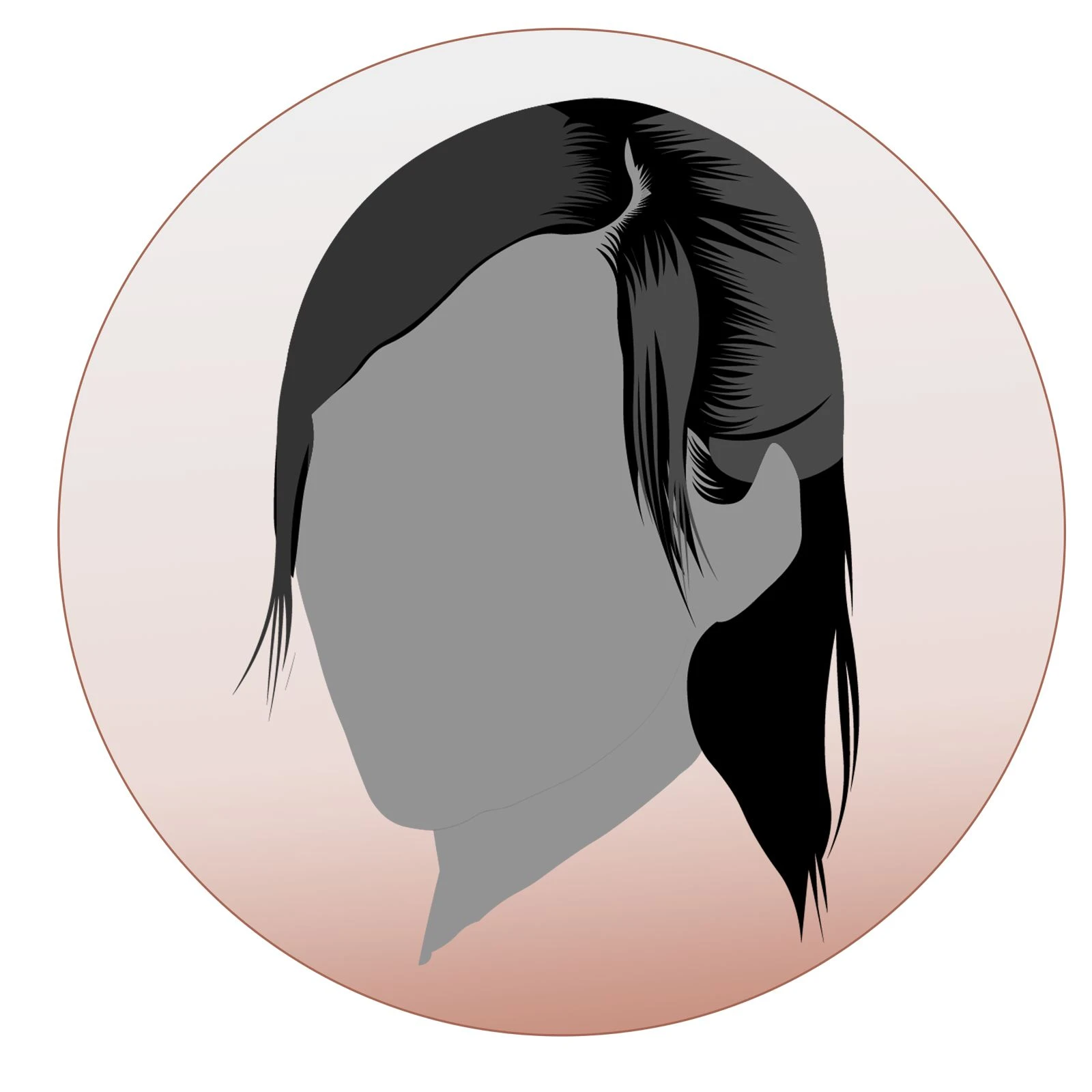
Mommy Makeover Patient
Very good doctor and kind at heart. Gives maximum time to hear patient views. His clinical diagnosis is very sharp. Most of the time he avoids surgery and does not do unnecessary surgeries. Highly recommend it!
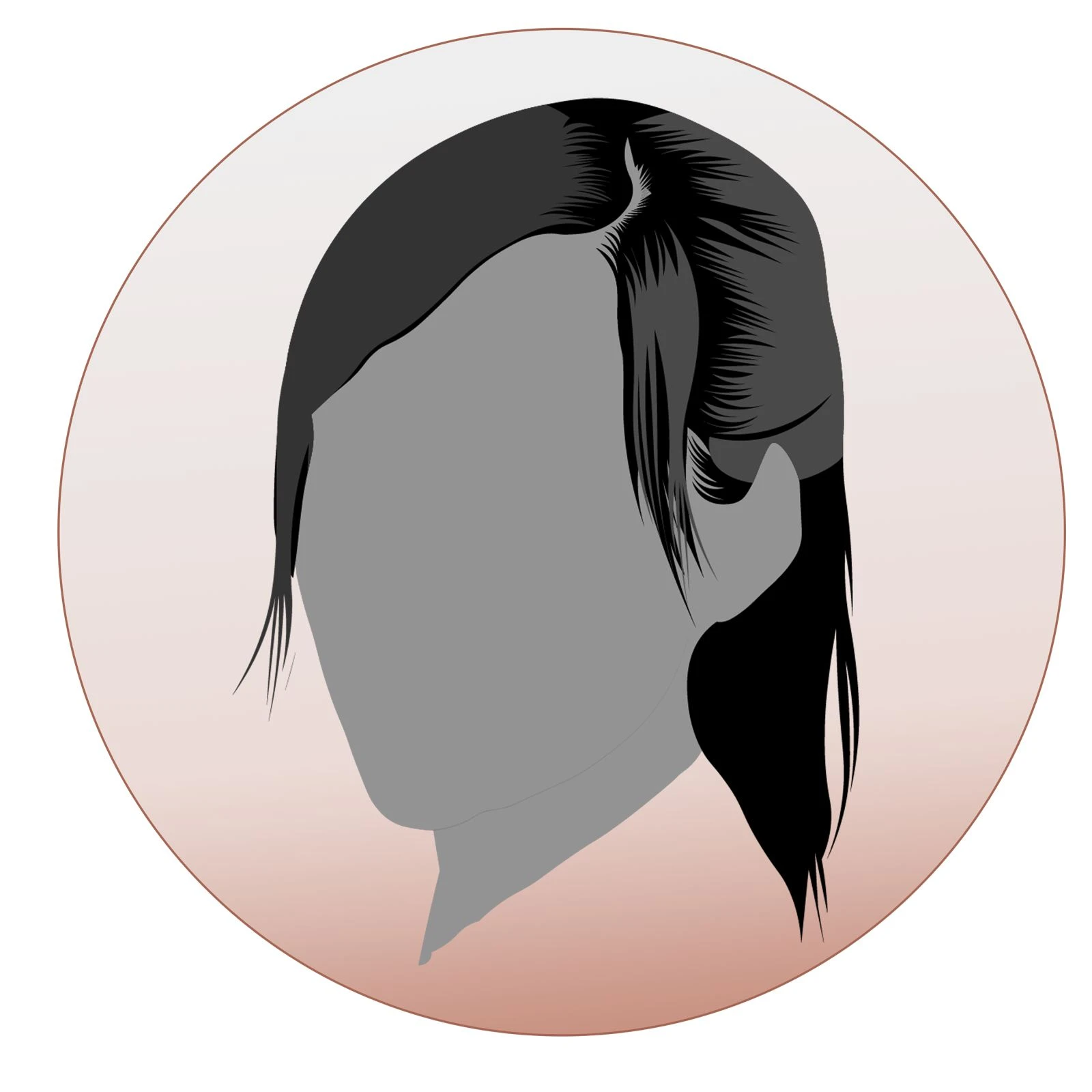
Plastic Surgery Patient
From my first contact with Estetik International I was impressed with their responsiveness and professionalism and the support of my medical consultant, from start to finish. So happy with the results!
Jacqui S
Breast Augmentation Patient